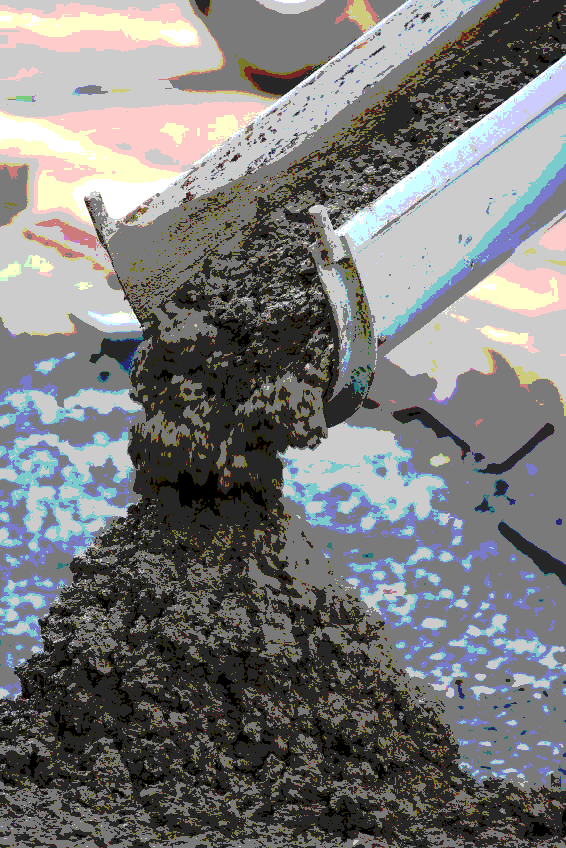Brisbane faces building threat
 Construction in Brisbane could pose a direct threat to the city's drinking water.
Construction in Brisbane could pose a direct threat to the city's drinking water.
Dr Andrew Brooks, a fluvial geomorphologist, has highlighted the environmental impact of new developments, which are leading to increased sediment in the Brisbane River catchment area.
When it rains, exposed soil is washed into the river system despite silt fences designed to trap sediment. These fences, often damaged, fail to contain the sediment.
A recent study found that nearly all of Moreton Bay's sea floor is now covered in mud, with one-third of this sediment attributed to development projects.
An audit by Healthy Land & Water revealed only 15 per cent of construction sites comply with erosion and sediment control measures.
About 500,000 tonnes of sediment enter south-east Queensland's waterways from construction sites annually.
They also found that enforcement of regulations varies among local councils, leading to inconsistent penalties.
Dr James Udy, former head of research for Seqwater, has warned that sediment in the river system threatens Brisbane's drinking water supply.
During floods, water treatment plants struggle to handle high sediment levels, necessitating the use of a desalination plant.
Efforts to mitigate these issues include projects like Warrill Parkland, an artificial wetland designed to filter storm runoff. However, experts are still calling for better compliance and enforcement of erosion and sediment control measures.








 Print
Print